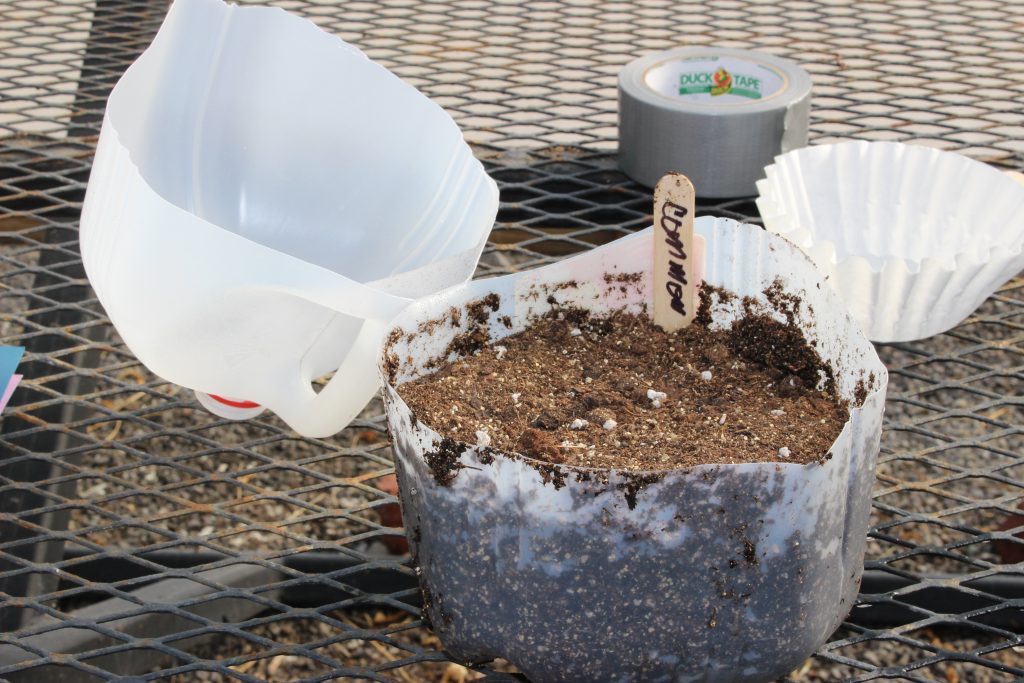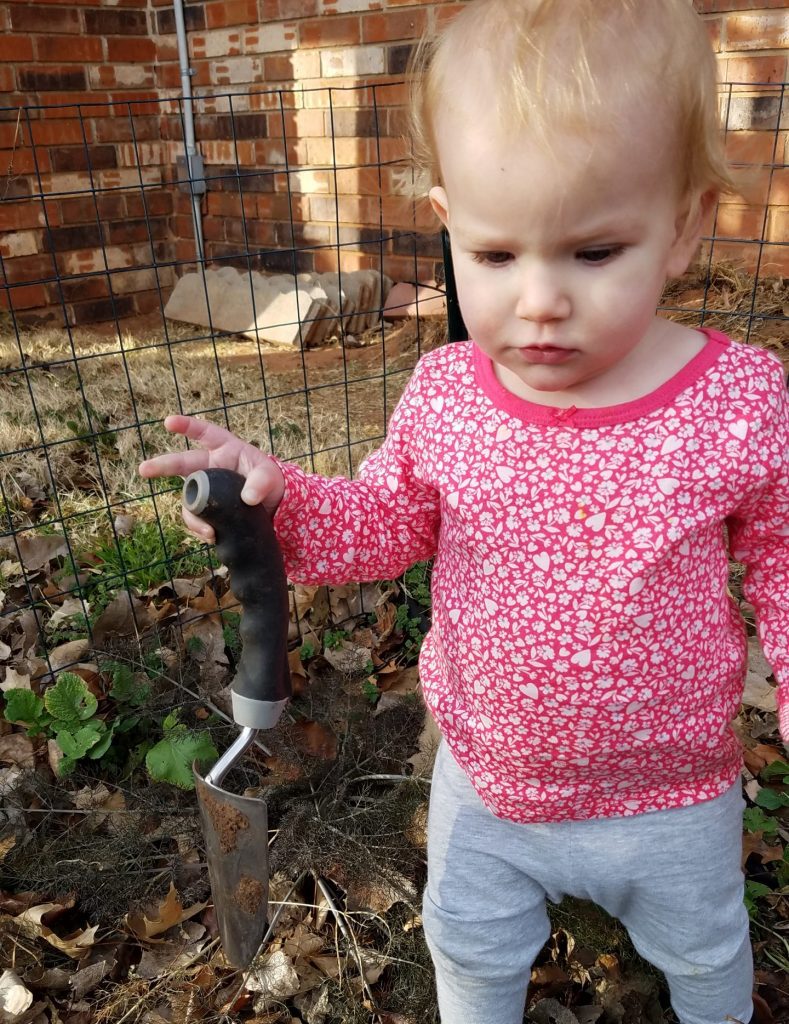For those with kids that love gardening, any kind of science experiment, or just like to dig in the dirt, this is for you! This is the perfect time of year to start growing some seeds for the garden, so here’s some information that might help you out.
For your little scientists, this can be done any time of year, but if your goal is to get these plants into the garden, remember that it takes about 6-8 weeks before you can transfer them into the garden. January and February is the perfect time to start cooler weather plants, like kale, broccoli, spinach, peas, larkspur, geranium, and impatiens.
Seed Experiment Materials:
- Containers
- Make sure it can hold a few inches of potting mix. Old yogurt cups or milk containers work great.
- Seed Starting Mix
- This is lighter and holds more water than potting mix. It’s made especially for this task.
- Heat
- Place the container(s) on a heat source, like a heat mat.
- Light
- Place the container(s) under a fluorescent light, at least 6″ above the container(s).
- Water
- Anything kids can pour water from works great. Just make sure they’re gentle in the beginning, so seeds don’t get displaced.

This is certainly a messy experiment to begin, so you may want to either do this outside or lay down a table cloth or large trash bag. Nitrile gloves can come in handy for kids that don’t want to get their hands dirty but still want to do the experiment.
My middle child once screamed, “I need to take a bath!” after getting rice on her leg at dinner, but that’s a story for another time.
Before filling your containers up with the seed starting mix, you’ll want to make sure there are a few drainage holes in the bottom. If containers don’t drain, you start to get mold and other plant disease issues.
Fill up your containers all the way and water it all in until it’s flowing out the bottom. This will saturate the seed starting mix and settle any large air pockets in there.
Now it’s time to plant!
The general rule of thumb is to plant seeds at a depth of twice the diameter of the seed, BUT please read your seed packet for instructions. To make holes in the mix, we usually use a pen or pencil.
For tiny seeds, you’ll probably just want to sprinkle them on the surface. Cover the seeds with some more mix and water them in until it flows out the bottom. This is where you’ll want to be gentle with your watering practices because you don’t want seeds to wash out or the seed starting mix to get everywhere.
Place the containers on a heat source and under a light source. The window does not usually provide good light for starting seeds this time of year, and the cold drafts can harm your seed growing.
Seeds need to be kept moist to germinate, but once they’ve germinated, you’ll let the top inch of the seed starting mix dry out before watering again. Depending on your heat and light source, this could be once a week or every few days.
If you are going to move these plants into the garden, you’ll need to do something called hardening off. It means you have to acclimate them to the outside environment by exposing them a little at a time before moving them permanently into the garden. You could set the containers outside during the warmest part of the day for a few hours and then bring them back inside, doing this for about a week before transplanting them into the garden.
Good luck to your little scientists and may this information help them succeed!



















